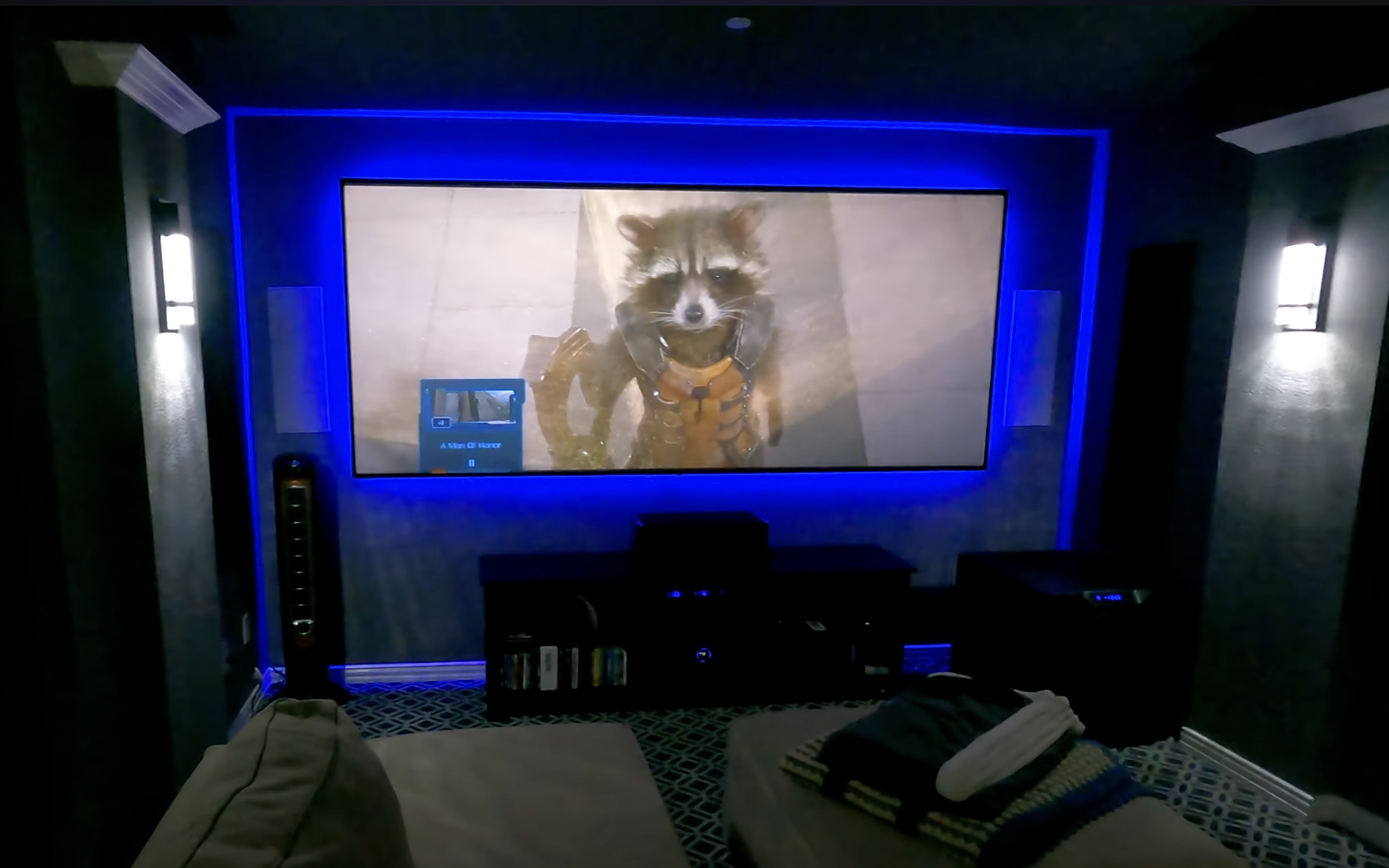Description
Seamless Movie Playback, All in One Place
Say goodbye to juggling remotes and switching devices. The Kaleidescape Co-Star HDMI Switch Kit unifies your Strato and Premiere (M-Class) players into one sleek interface, letting you enjoy DVDs, Blu-rays, and 4K HDR movies in perfect harmony—all from a single, intuitive library.
Effortless Switching & Cinematic Quality
The Co-Star automatically detects and switches to the right player when you hit play. With fluid 60fps browsing, full 4K Ultra HD playback, and lossless Dolby Atmos or DTS:X audio, your movie nights stay smooth, immersive, and distraction-free.
Smart Home Ready & Easy to Use
Compact, reliable, and designed for modern living, the Co-Star integrates with popular IP/IR control systems and smart home setups. Install it in any zone, from your theater room to your bedroom, and enjoy your full library wherever you are.
Key Features
- Combines Strato + M-Class libraries into one interface
- Supports DVDs, Blu-ray, and 4K HDR content
- Automatic player switching for seamless playback
- Fluid 60fps interface with stunning visuals
- Lossless Dolby Atmos & DTS:X audio support
- Works across multiple zones in your home
- Compatible with smart home control systems























Reviews
There are no reviews yet.